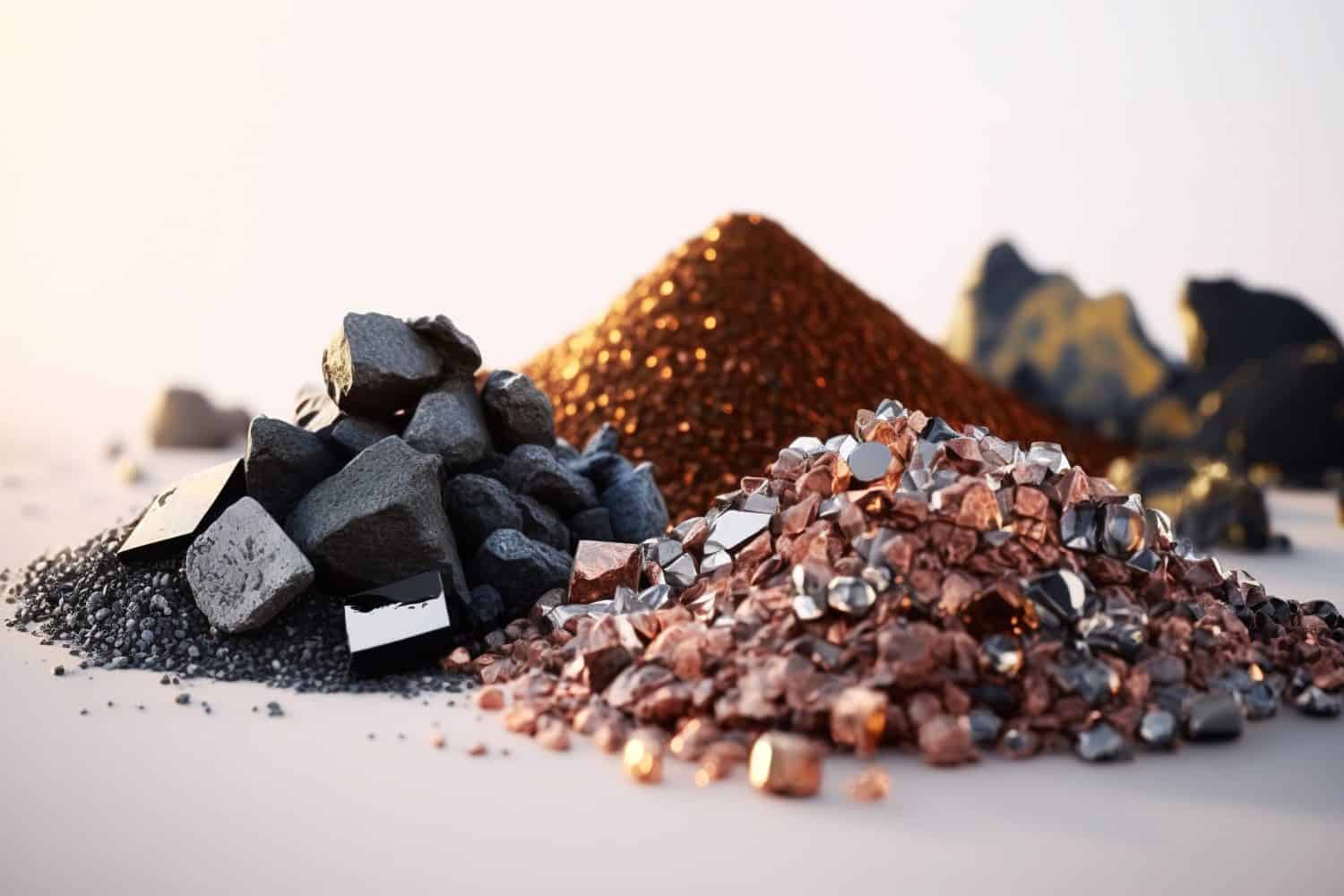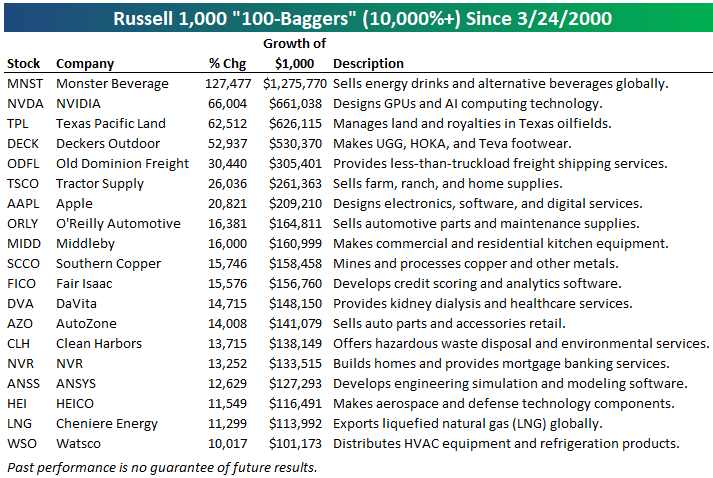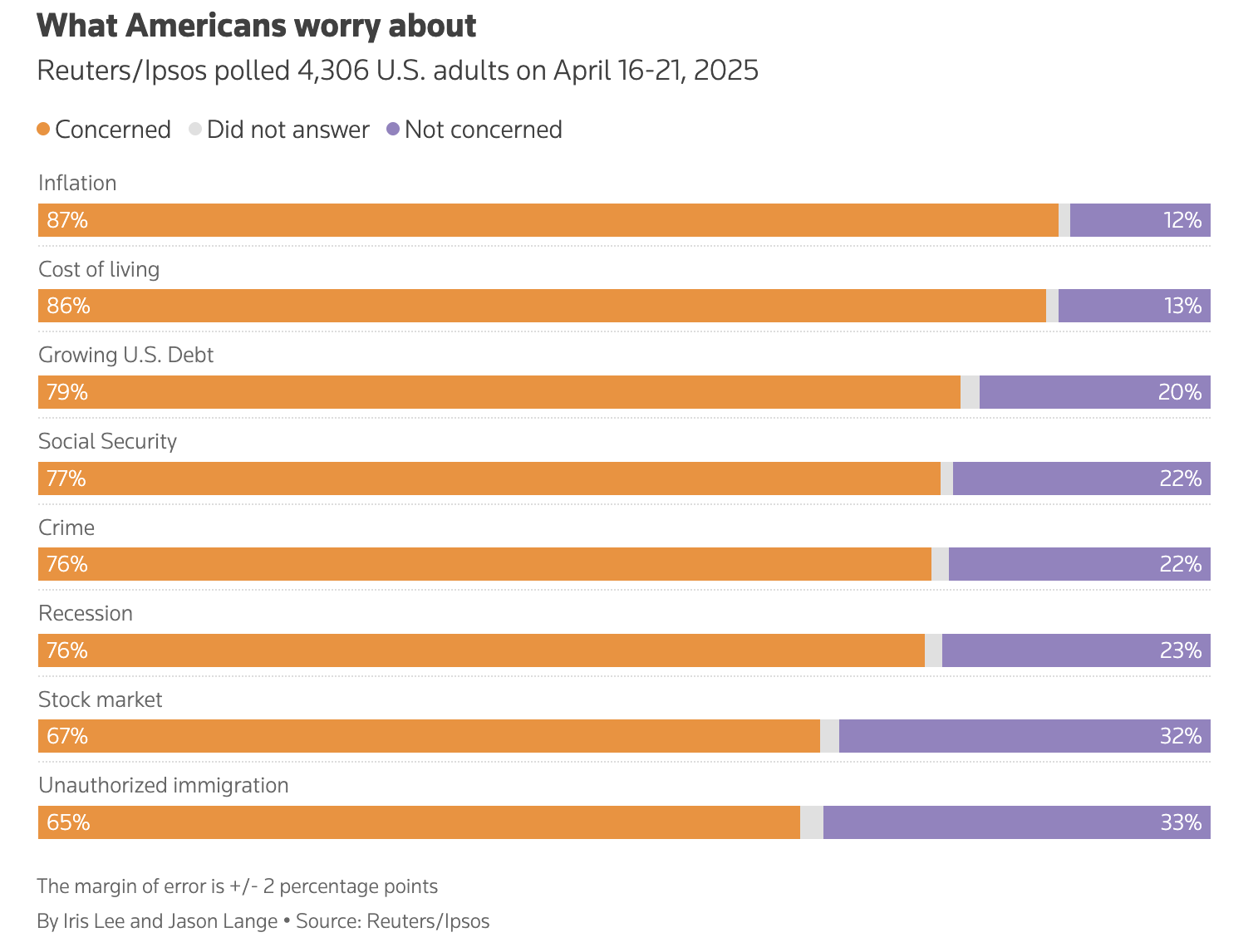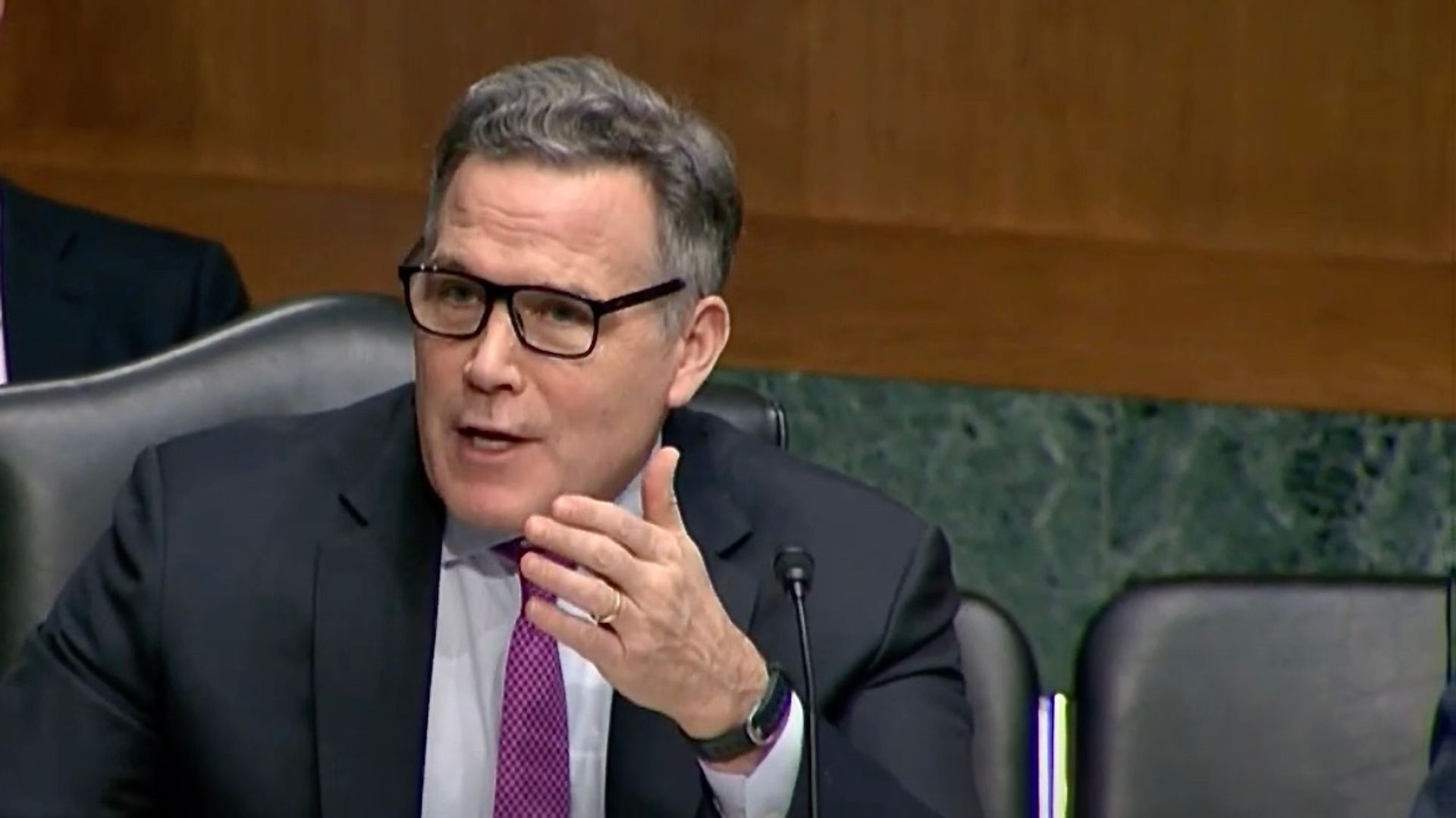This small business tested common toothpaste brands for toxic metals. Here’s what it found
Common toothpaste brands may be harboring toxic metals like lead.

Brushing your teeth is one of those routines that you likely don’t think twice about. You grow accustomed to your toothbrush and the toothpaste brand that maybe you’ve been using for years. But as more research emerges about common health and beauty harboring dangerous ingredients, toothpaste may be another personal care product to reevaluate—at least according to Lead Safe Mama, which conducts routine, third-party laboratory testing of consumer goods for toxins including heavy metals lead, cadmium, mercury, and arsenic.
The organization has just updated a list of 53 toothpastes it had tested, 90% of which tested positive for lead, 65% for arsenic, just under half for mercury, and around 30% for cadmium—while many brands contained several toxins.
“It’s unconscionable—especially in 2025,” Tamara Rubin, Lead Safe Mama’s founder—and mother of sons who have disabilities from lead exposure—told the Guardian.
The U.S. Food and Drug Administration (FDA) acknowledges that there is no known safe level of exposure for lead, but set a limit of 20,000 ppb (parts per billion) for fluoride toothpastes and 10,000 ppb for fluoride-free ones.
Lead Safe Mama, though, uses the following safety threshold for each heavy metal, which originates from the proposed standards in the Baby Food Safety Act of 2021 (which has not yet been passed) written to protect children from toxic metals in infant and toddler food:
The findings indicated that 90% of toothpastes were above this lead limit, with 15 toothpastes, including leading brands, at exceedingly high lead levels of over 300 ppb, with some over 500.
As these metals are pervasive in the environment, Rubin told the Guardian that the contamination could have come from certain ingredients added to toothpaste, including calcium carbonate, hydroxyapatite (often used as a fluoride alternative and derived from various natural and synthetic sources and used to help absorb calcium), and bentonite clay. Calcium carbonate is added to help remove stains from teeth, while bentonite clay is a cleaning agent.
Potential harms of heavy metal exposure
Toothpaste is certainly not the only culprit potentially delivering us doses of toxic heavy metals: Recent studies have revealed that drinking water, infant formula, and protein powder had traces of chromium, lead, and arsenic.
These metals are all known carcinogens that often naturally occur in the environment, according to the FDA, but people can be exposed to them from industrial manufacturing and pesticides. Health effects will largely depend on the age of the person exposed, the level of exposure, and how long they were exposed for.
Lead exposure is most dangerous to children, and can be particularly disruptive to brain development in early life. Several studies have linked childhood lead exposure to decreased cognitive ability, fine motor skills, emotional regulation capacity, and mental disorders, including depression and anxiety, as well as personality changes that lead to neuroticism and lower impulse-control, decreased cognitive ability, fine motor skills, and emotional regulation capacity.
Even small amounts of lead can cause serious health problems, according to the Mayo Clinic. Children younger than 6 are especially vulnerable to the impacts of lead exposure, which can cause developmental delays, learning difficulties, and irritability, among other symptoms in children and newborns, from sluggishness and vomiting to hearing loss and seizures.
Mercury is considered a neurotoxin, meaning it is poisonous to the nervous system. Methylmercury exposure occurs from seafood, however people may also be exposed to elemental mercury and inorganic mercury. High exposures to mercury may cause kidney effects, respiratory failure and death, according to the FDA.
Cadmium is currently used in nickel-cadmium (Ni-Cd) rechargeable batteries, coatings (electroplating), solar cells, and pigments. Potential health effects from cadmium exposure can include stomach irritation, abdominal cramps, nausea, vomiting and diarrhea, according to the FDA. Inhaling cadmium over prolonged periods can cause respiratory illness, and like smoking, is linked to several types of cancer. The FDA notes that the human body eliminates cadmium slowly, and years of exposure to low levels of cadmium can result in cadmium accumulation in the kidneys, liver, and other parts of the body, associated with bone demineralization, kidney and reproductive dysfunction, cardiovascular disease, and diabetes.
Long-term exposure to arsenic can cause pigmentation changes and lesions on the skin, which can be precursors to skin cancer, according to the World Health Organization (WHO). Bladder and lung cancers may also result from long-term arsenic exposure.
Alternative toothpastes
So what’s the good news? There were five toothpastes at the top of Lead Safe Mama’s list that had no detection of any heavy metals, making several super-safe options:
- Orajel Kids Training Toothpaste in Natural Berry Fruity Flavor (fluoride-free)
- Miessence Mint Toothpaste (fluoride-free)
- Dr. Brown’s Fluoride-free Baby Toothpaste in Strawberry Flavor
- Pegciz Kids Foam Toothpaste in Watermelon Flavor
- Kid’s Spry Tooth Gel with Xylitol in Original Flavor
For more on contaminants:
- After years of warnings, brown rice still contains this toxic metal. Why it’s there—and how harmful it is
- 8 toxic ingredients lurking in your skincare and hair products. What to avoid
- Endocrine-disrupting chemicals are everywhere. Here’s how to reduce your exposure
This story was originally featured on Fortune.com




































































































































































